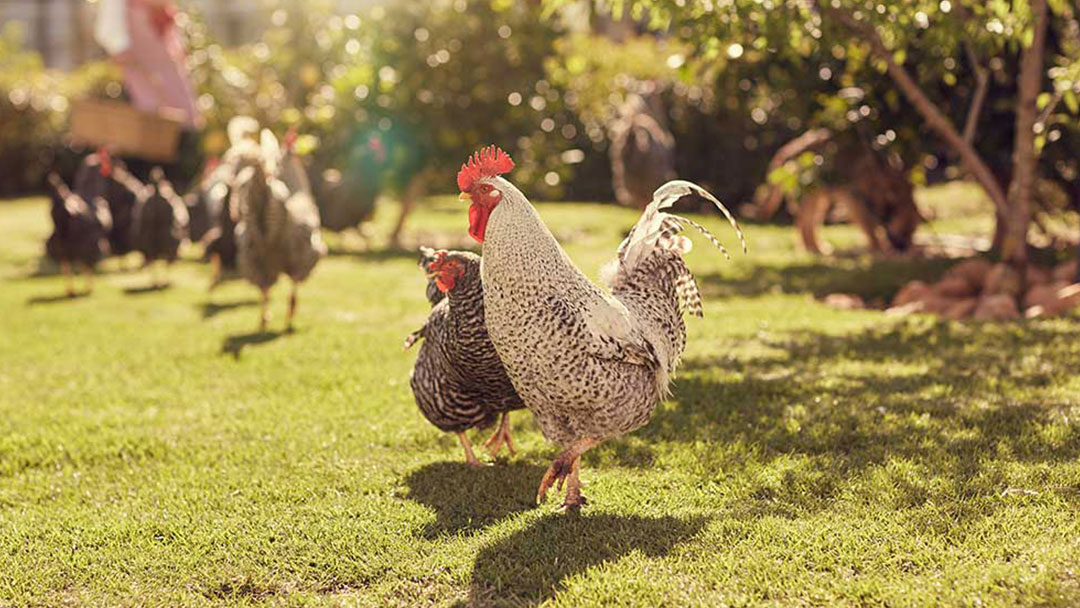
Care of Day Old Chickens
You will be delightfully surprised if you decide to raise chickens and then have them as pets but you need to know what chooks (as they are affectionately called in Australia) are like as pets and what the basic principles of chook parenting are.
Chickens are not newcomers to pet ownership. The first movements toward cohabitation of humans and chooks started about 3000 BC, give or take a week or two. This was in India.
Chickens are not expensive pets to keep. Unlike dogs, they don’t need to be desexed, don’t need elaborate enclosures and you can eat their produce!!
What age should you get chickens?
While you can buy fertilised eggs and hatch them, it is a better idea to buy either day old chicks or point-of-lay pullets. Point-of-lay pullets are about 18 weeks of age and are just at ‘the point of laying’, which usually starts at about 22 to 24 weeks of age.
There is a distinct advantage in adopting day old chicks because it’s a lot of fun raising them and they bond much better to humans when exposed to them at this age.
Purchase day old chicks from a reputable source. Most poultry suppliers will have vaccinated the chickens you buy against common dangerous diseases and they will be sexed. You will be confident, therefore, of getting a female chicken and not a future noisy rooster which Council regulations may prevent you from keeping.
The first few days
A day old chicken will need to be kept in a warm brooder box, such as a cardboard box, initially. When they are young, chickens are not able to maintain their own body heat easily so an external heat source is needed. A 60-watt light bulb suspended over their cage will do the trick.
The temperature of the brooder box should be 35 degrees centigrade at first, and should then reduce to 30 degrees over the first seven days. After four weeks they will be able to cope with temperatures around the 18 to 20-degree mark. Allow your chicks freedom to move away from, or closer to, the heat source so that they can choose their ideal temperature.
Dietary Considerations
Providing the correct food is important too. Put your day old chicks onto a high protein starter ration in a crumble form. They should then be changed to a grower ration and, when they are old enough to lay, they should be on calcium rich laying mash or pellets. Your produce agent will advise you on when to change from one to the other. Poultry also need access to shell grit to help them grind their food in their crop and, when laying eggs, to provide calcium to assist in the laying of well-formed eggs.
As adult birds, they can also be provided with sorghum, cracked corn and oats.
Chickens will enjoy household scraps as they get older, but you should not give them scraps to such an extent that it stops them eating their pellets or mash. They will do well on lettuce, cauliflower, silver beet and cabbage leaves and on boiled potato peelings, apple cores, rice, pasta and lawn clippings. Don’t give them tomato skins, orange or banana peels, rhubarb leaves, raw potato peel or tea leaves.
Young chickens drink more water than you may expect, so be sure to supply a good water source. Water can be provided to young chicks in a shallow dish into which an inverted jar is placed. As they grow, they should be given water through sipper drinkers or a water trough. Be careful that spilled water does not wet the bedding or litter in the bottom of the cage. When they are in lay, be vigilant about their water supply, as even a short interruption in water supply will stop egg production for several days.